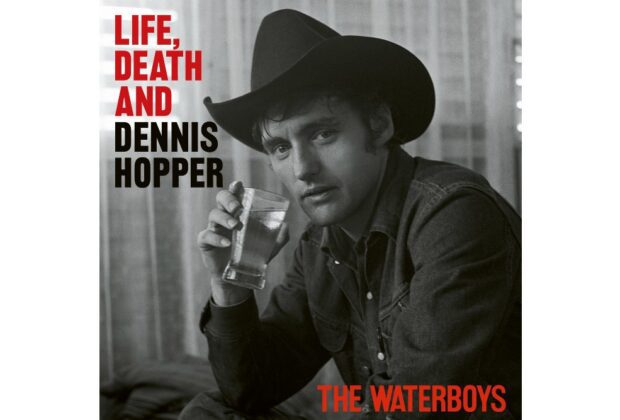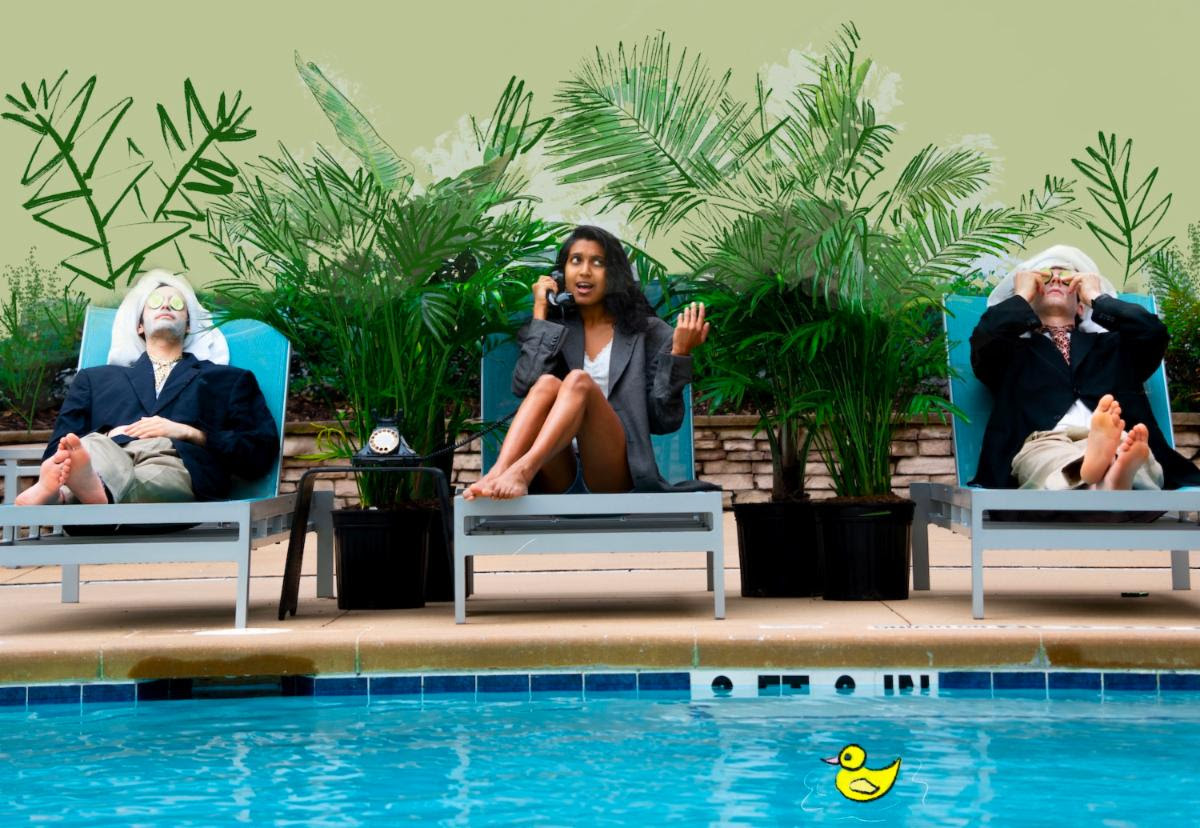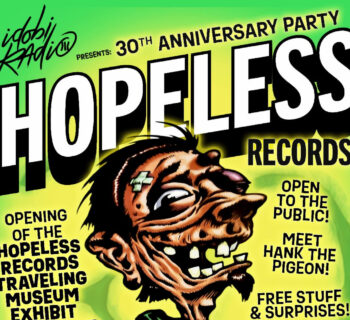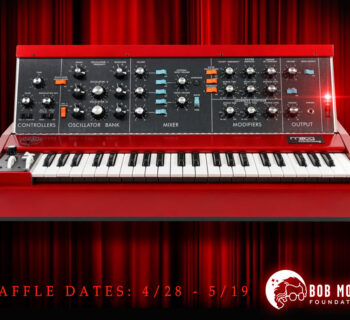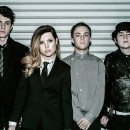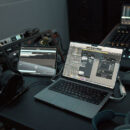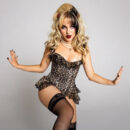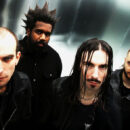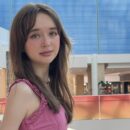Bruce Springsteen, the Go-Go’s Kathy Valentine, Fiona Apple, and Steve Earle are among the special guests on the forthcoming Waterboys’ album Life, Death and Dennis Hopper. It’s due on April 4th on the band’s new label Sun Records. The 25-track “song cycle” is about the life of counter-culture icon/ actor/director/ and photographer Hopper. Life, Death and Dennis Hopper is produced by Mike Scott and the band’s Famous James and Brother Paul.
Life, Death And Dennis Hopper is the epic story of the trailblazing American actor and rebel told through a song cycle depicting not only Hopper's story but the saga of the last 75 years of western pop culture. "The arc of his life was the story of our times," said band leader Mike Scott in an announcement.
"He was at the big bang of youth culture in Rebel Without A Cause with James Dean; and the beginnings of Pop Art with the young Andy Warhol. He was part of the counter-culture, hippie, civil rights and psychedelic scenes of the '60s. In the '70s and '80s he went on a wild 10-year rip, almost died, came back, got straight and became a five-movies-a-year character actor without losing the sparkle in his eye or the sense of danger or unpredictability that always gathered around him."
Scott worked for four years on Life, Death And Dennis Hopper. Produced with Waterboys bandmates Famous James and Brother Paul, the album spans 25 tracks and traces the extraordinary arc of Hopper’s life, from his youth in Kansas to his long rise, five wives, tumultuous fall, and ultimate redemption.
"It begins in his childhood, ends the morning after his death, and I get to say a whole lot along the way, not just about Dennis, but about the whole strange adventure of being a human soul on planet earth," offered Scott.
The album is The Waterboys' first for Sun – “Hey", says Scott, "we're labelmates with Howlin' Wolf and young Elvis!" – and alongside Scott’s masterful songwriting, the album features a stellar lineup of guests including Springsteen, Apple, Earle, Valentine, Nashville-based Alt Americana artist Anana Kaye, young English singer Barny Fletcher, Norwegian country-rockers Sugarfoot, Taylor Goldsmith of Dawes, and punk arch-priestess Patti Palladin — incorporating a kaleidoscopic blend of genres that embodies the band’s trademark spirit of musical exploration.
Life, Death And Dennis Hopper marks yet another captivating chapter for this most mercurial of bands. It’s storytelling that transcends, pulls us in and takes us on a wild, beautiful ride.
I first met Dennis Hopper in late 1966 in Gower Gulch, at the Columbia Studios in Hollywood. During 1966-1968 I would run into Dennis and Jack Nicholson at the coffee shop on the lot. My mother Hilda helped type the scripts for The Monkees television series and was in the stenography pool at Raybert Productions who produced show. In 1967-1968 Jack co-wrote the film Head starring the Monkees.
I had a couple of dozen encounters with Dennis over four decades before his passing in 2010.
There’s a 2024 hardcover book out, Everybody Thought We Were Crazy: Dennis Hopper, Brooke Hayward, and 1960s Los Angeles. The stylish, wild story of the marriage of Dennis Hopper and Brooke Hayward—a tale of love, art, Hollywood, and heartbreak writtenby Mark Rozzo.
The author is a contributing editor at Vanity Fair. He has also written for the Los Angeles Times, the New Yorker, the New York Times, Esquire, Vogue, the Wall Street Journal, the Oxford American, the Washington Post, and many others. He teaches nonfiction writing at Columbia University.
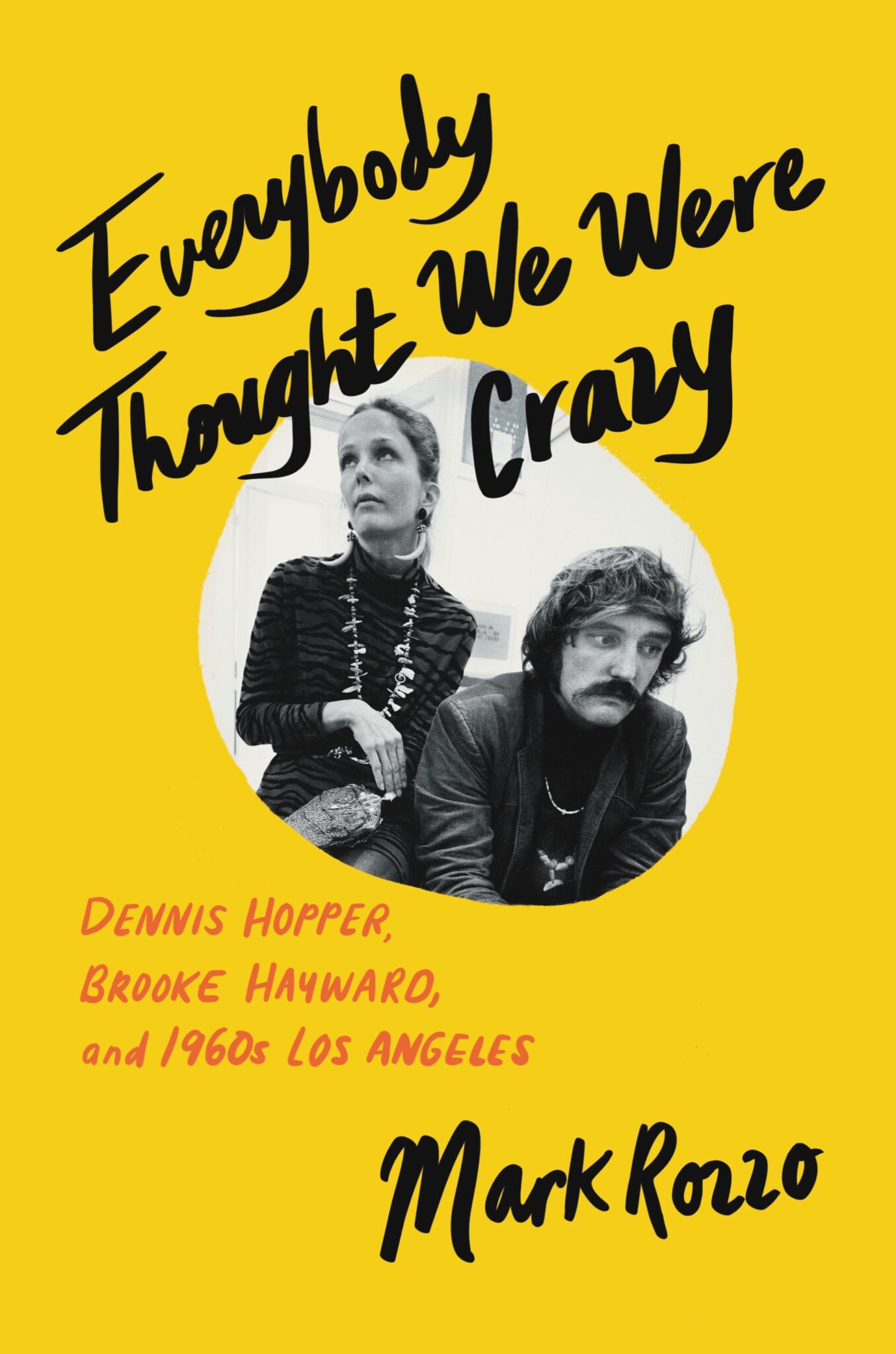
A press release from HarperCollins who published the book on their Ecco imprint, details the contents.
“Los Angeles in the 1960s: riots in Watts and on the Sunset Strip, wild weekends in Malibu, late nights at The Daisy discotheque, openings at the Ferus Gallery, and the convergence of pop art, rock and roll, and the New Hollywood. At the center of it all, one inspired, improbable, and highly combustible couple—Dennis Hopper and Brooke Hayward—lived out the emblematic love story of ’60s L.A.
“The home these two glamorous young actors created for themselves and their family at 1712 North Crescent Heights Boulevard in the Hollywood Hills became the era’s unofficial living room, a kaleidoscopic realm—'furnished like an amusement park,’ Andy Warhol said—that made an impact on anyone who ever stepped into it. Hopper and Hayward, vanguard collectors of contemporary art, packed the place with pop masterpieces by the likes of Roy Lichtenstein, Ed Ruscha, and Warhol, and welcomed a who’s who of visitors, from Jane Fonda to Jasper Johns, Joan Didion to Tina Turner, Hells Angels to Black Panthers. In this house, everything that defined the 1960s went down: the fun, the decadence, the radical politics, and, ultimately, the danger and instability that Hopper explored in the project that made his career, became the cinematic symbol of the period, and blew their union apart—Easy Rider.
“Everybody Thought We Were Crazy is at once a fascinating account of the Hopper and Hayward union and a deeply researched, panoramic cultural history. It’s the intimate saga of one couple whose own rise and fall—from youthful creative flowering to disorder and chaos—mirrors the very shape of the decade.”
There’s an earlier book of Dennis Hopper’s photography from 20 years ago, 1712 North Crescent Heights Photographs 1962-1968, published by Greybull Press in Los Angeles, California. It was edited by the Hopper’s daughter Marin, a native of Los Angeles, and graduate of the Westlake School for Girls. Marin, a designer, was a former fashion director for ELLE magazine.
If you can find a copy of this coffee table size volume, it’s a nice companion to Rozzo’s Everybody Thought We Were Crazy: Dennis Hopper, Brooke Hayward, and 1960s Los Angeles.
It began when Brooke gave Dennis a camera, shortly after Marin was born in 1962. Dennis and Brooke were connected and had the pad near Sunset Blvd. above The Chateau Marmont. This book chronicles and captures everything that went on in his eclectic world and bohemian home a mix of Spanish tiles, Mexican folk art and modern paintings. Love-Ins, actors, directors, painters, the L.A. Freeway in 1965 when there was space between the car bumpers, Jane Fonda and Roger Vadim, Peter Fonda with guitar, Tuesday Weld, Jasper Johns, rock ‘n’ roll bands posing at The Los Angeles County Art Museum, model Peggy Moffitt, artist Bruce Conner, dancers and actresses Toni Basil and Teri Garr sunbathing in Malibu.
“My father photographed our house for Vogue in 1965,” recollected Marin in a 2002 phone interview we conducted. “The editor, Diana Vreeland later said, ‘Dennis, you love music, photograph the bands you love.’
“It’s all about his composition,” Marin stressed. “It’s about Dennis understanding the natural composition of what was going on around him. The way he frames his photographs. The book is about a period of time and him recording it. It’s an age of innocence. People, love-ins, hanging out at the beach, tennis parties, friends collaborating on projects.
“The most interesting thing about my father is that he is an actor. So, on many levels, actors can be very self-involved, but he is someone dedicated to his art and so many other influences and so able to wear the other hats so very easily and drive himself from something and really see the beauty of what is going on around him and divorce himself from it, yet be able to capture it. And he’s doing something he’s always been able to do.”
Dennis Lee Hopper (May 17, 1936-May 29, 2010) was born in Dodge City, Kansas, and after WWII, he settled with his family in San Diego. After studying with Lee Strasberg in New York, he went on to a career as a film director and actor for television, stage and film. From his earliest black and white episodic television roles in Naked City, The Twilight Zone and Surfside 6, to the movies Rebel Without A Cause, Giant, Night Tide, The Trip, Tracks, Hoosiers, The American Friend, Apocalypse Now, Rumble Fish, Blue Velvet, anddirecting credits, including Easy Rider, The Last Movie, Out Of The Blue, Colors and The Hot Spot.
Underneath all the cult hero, movie star, employed and unemployed actor, head, rehab, and renaissance man descriptions, Hopper is a photographer, painter, with a legendary art collection, and he has had numerous gallery exhibitions of his work mounted in the United States, Europe and Japan. From The Whitney Museum of American Art and the Museum of Contemporary Art in Los Angeles. A major retrospective of his work was at the Stedelijk Museum in Amsterdam, and displayed at the MAK in Vienna.
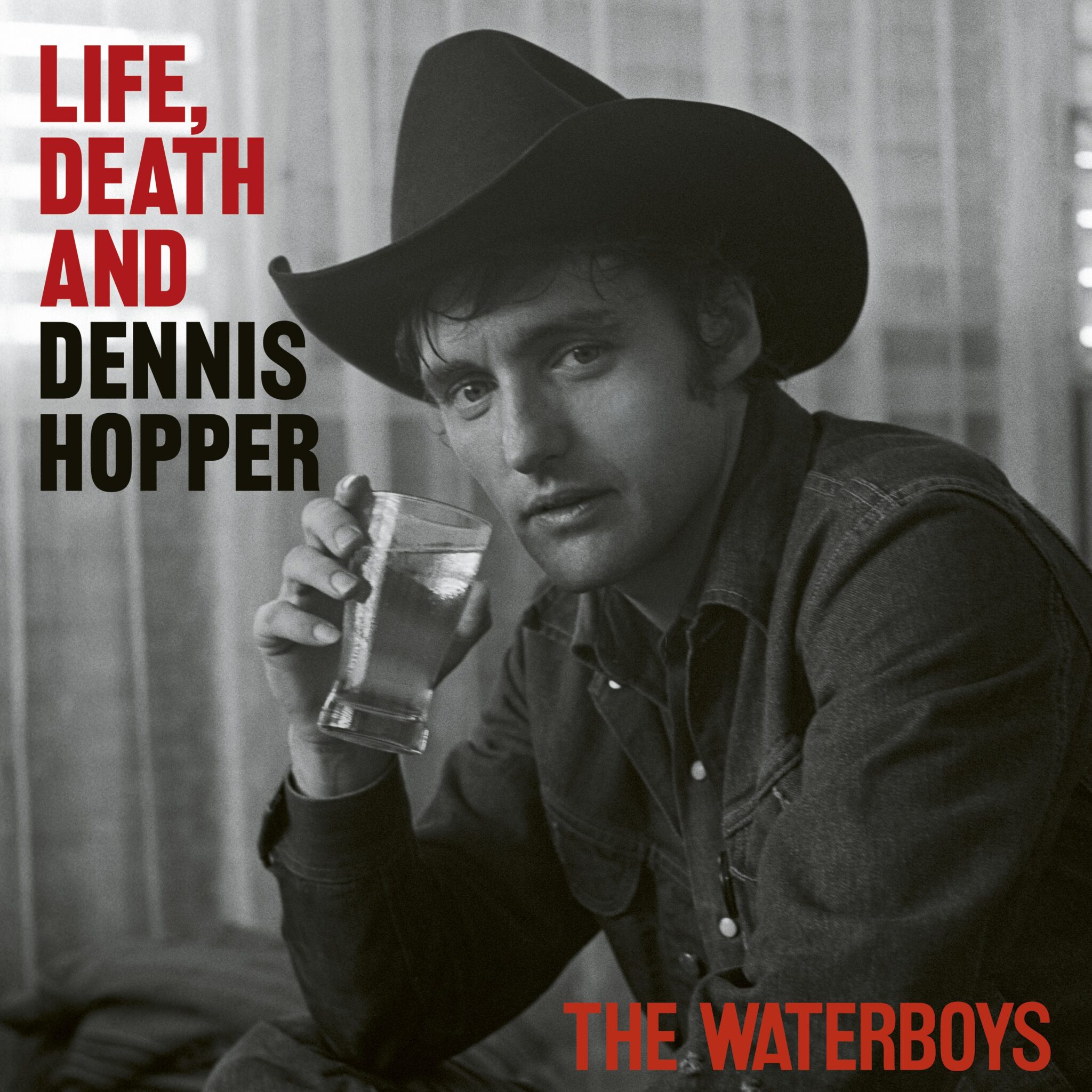
In 1986, Hopper authored a photography book, Out Of The Sixties published by Twelvetrees Press.
In the pages of 1712 North Crescent Heights Photographs 1962-1968, there is a stunning portrait of actress Diane Baker, born in Hollywood and a graduate of Van Nuys High School. The alma mater of Marilyn Monroe, Jane Russell, Natalie Wood, Robert Redford, Bob Waterfield and Don Drysdale.
Diane and I met in 2010 at the 50th anniversary screening of The Diary of Anne Frank inside The Egyptian Theater in Hollywood. In the movie she portrayed Margot Frank. Diane smiled sweetly when I praised her appearance in the final episode of The Fugitive, a seismic TV event in August 1967. The star of the television series David Janssen (then David Meyer) was, like myself, a graduate of Fairfax High School. “That’s where my parents graduated from,” beamed Baker. Diane and I have back-to-back February 25th/26th birthdays. I told her I had the Dennis photography book, and mentioned my pal, actor/poet Harry E. Northup, who was cast along with her in The Silence of the Lambs.

